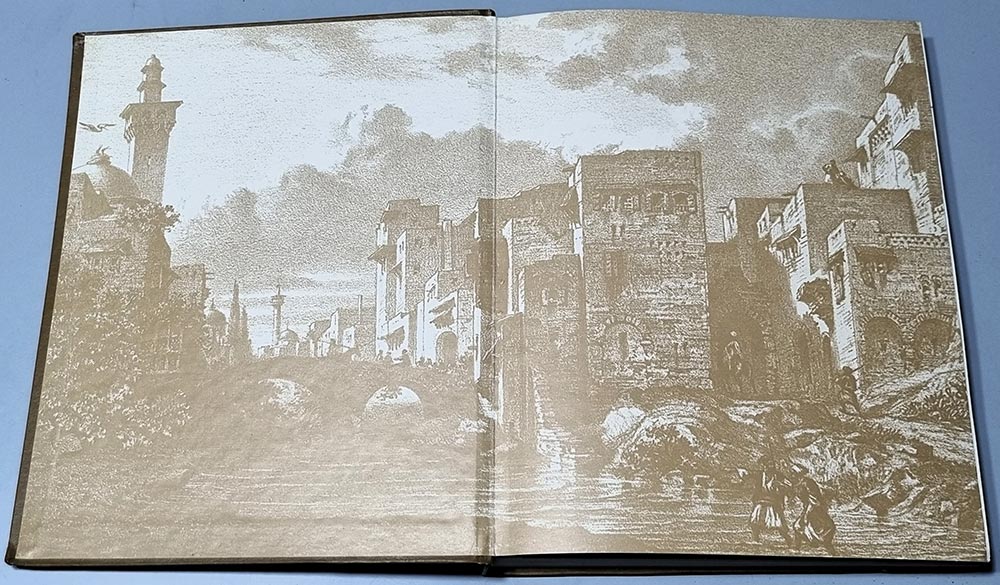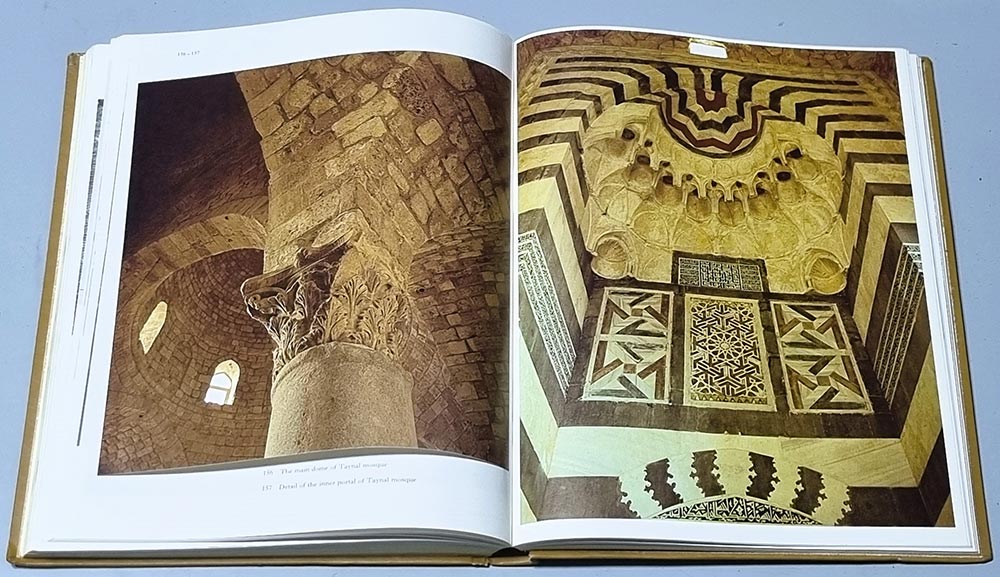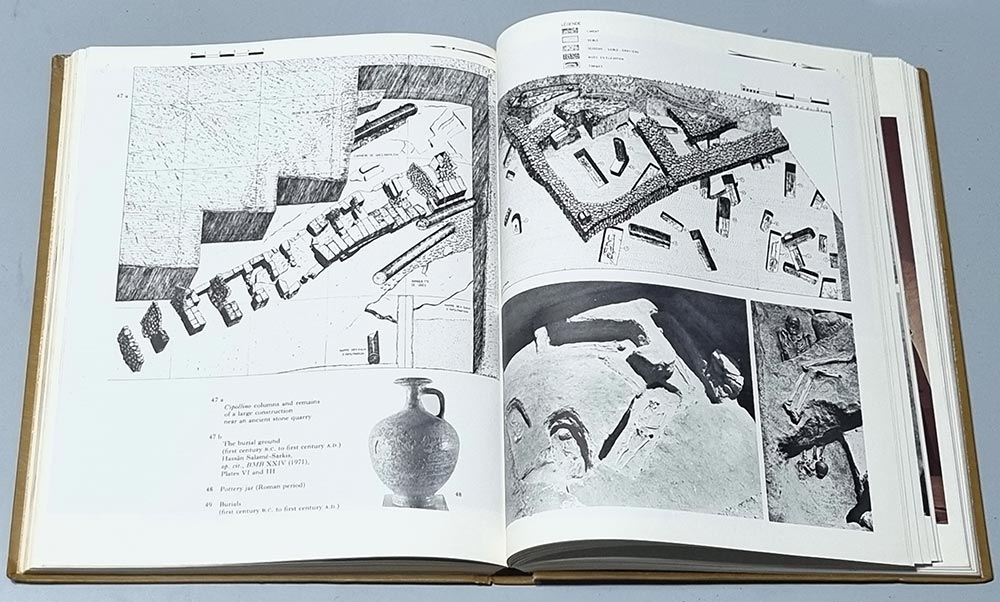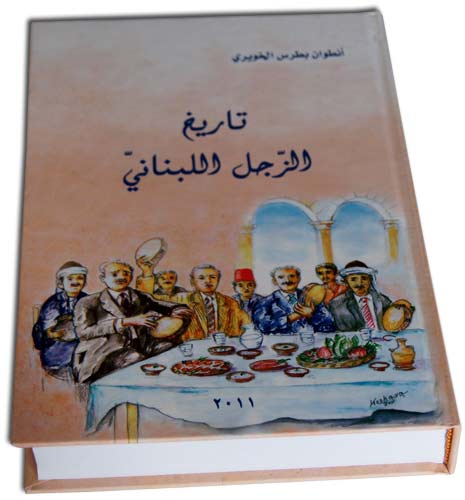Tripoli through the Ages by Nina Jidejian.
Tripoli through the Ages
$69.00
Description
LebanonPostcard presents the book Tripoli through the Ages by Nina Jidejian, a hardcover book, 28.5×23 cm, 256 pages – Dar El Mashreq Publishers Beirut.
“Tripoli is a large city teeming with people. Its mosques, madrasahs, zaouias, hospital, important souks, splendid hammams and dwelling places built of stone render the city beautiful and magnificent.” Abou’l ‘Abbas Al-Qalqachandi. Subh Al-A’cha (fourteenth century)
This volume on Tripoli brings to an end the series of books on Lebanon’s ancient coastal cities which I set out to write more than a decade ago. Unlike Lebanon’s other archaeological sites which until recently lay buried in ruins, Tripoli (medieval Tarabulus) has flourished and lived on through the centuries until the present time. The Mamluk quarters of the old city teem today with people and activity just as they did in the days of Abou’l-‘Abbas al-Qalqachandi and in this constant contrast between the old and the new lies the charm of Tripoli, the “three-cities-in-one”.
It is noteworthy that modern Tripoli still retains its ancient configuration of “three cities” comprising the port area called al-Mina today and the two inland districts of al-Kubba and Abou Samra divided from each other by the Abou Ali River.
Came the Greeks, Romans, Byzantines and Arabs. About 1095 the Banu Ammar emirs of Tripoli turned the city into a thriving intellectual center and donated to it a school and a library (Dar al-‘ilm) which contained no less than one hundred thousand precious volumes. During the First Crusade Raymond of Saint-Gilles, Count of Toulouse, was determined to carve out a Frankish county of his own in north Lebanon and lay siege to Tripoli. The city fell on June 10, 1109 to the combined Crusader forces led by none other than the Latin king of Jerusalem himself.
In 1289 the Mamluk sultan Qala’un, at the head of a large army, lay siege to Crusader Tripoli. He destroyed the port city and set it ablaze. Unwilling to expose Arab Tripoli to attack by Crusader fleets from Cyprus, he founded a new city inland in the shadow of the Castle of Saint-Gilles. Under the Slave-Sultans of Egypt Tarabulus enjoyed a tremendous economic and cultural revival. Its numerous richly decorated mosques, madrasahs, hammams and khans make Tripoli unique as the sole depository in Lebanon of Mamluk art and architectural treasures.
LebanonPostcard will be responsible for sending the book you order, through a fast courier with a tracking number, guaranteeing reception of the package. The book may take between two and five days to arrive, according to the country it is sent to.
Additional information
| Weight | 1.5 kg |
|---|---|
| Dimensions | 1 × 1 × 1 cm |










